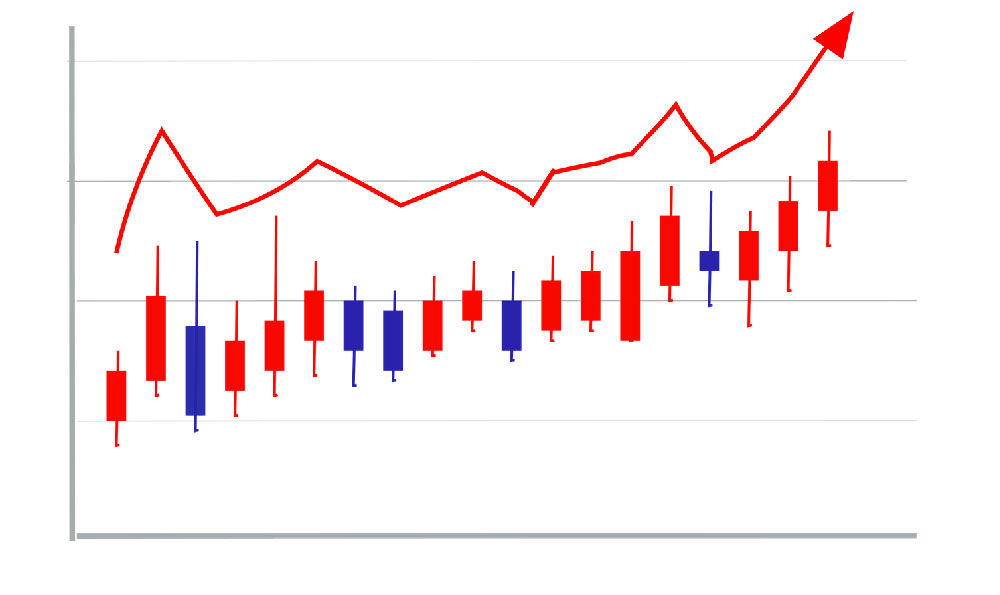Investing in cryptocurrencies offers a compelling narrative: the potential to generate substantial returns, even while you sleep. This allure stems from the 24/7 nature of the crypto market and the inherent volatility that presents opportunities for profit. However, realizing this dream requires a strategic, informed, and risk-aware approach. It's not about blind luck or chasing the next "moonshot," but about understanding the underlying technologies, market dynamics, and implementing sound financial practices.
The core principle behind generating passive income in the crypto space revolves around the concept of "putting your assets to work." Think of it as a digital version of earning interest on a savings account, but with the potential for significantly higher yields. Several avenues exist to achieve this, each with its own risk profile and reward potential.
One prominent method is staking. Many blockchain networks operate on a Proof-of-Stake (PoS) consensus mechanism. In PoS, validators are chosen to create new blocks based on the number of tokens they "stake" – essentially locking up their holdings as collateral. By staking your crypto, you contribute to the network's security and stability, and in return, you receive staking rewards, typically in the form of additional tokens of the same cryptocurrency. Staking can be relatively hands-off, requiring minimal active management after the initial setup. Platforms like Coinbase, Kraken, and Binance offer simplified staking services, making it accessible to newcomers. The yield varies depending on the cryptocurrency and the staking platform, but it can range from a few percentage points to double-digit annual percentage yields (APY). However, it's crucial to understand the lock-up periods involved. Some staking programs require your tokens to be locked for a specific duration, during which you cannot access or trade them. This presents a risk if the market declines during the lock-up period.

Another popular option is yield farming. This involves providing liquidity to decentralized exchanges (DEXs). DEXs, like Uniswap and PancakeSwap, rely on users to deposit tokens into liquidity pools, which facilitate trading. In return for providing liquidity, users receive a portion of the trading fees generated by the pool. Yield farming can be significantly more lucrative than staking, but it also carries higher risks. One of the biggest risks is impermanent loss. This occurs when the price ratio between the two tokens in the liquidity pool changes significantly. If one token's price drops considerably compared to the other, your position in the pool will be worth less than if you had simply held the tokens separately. Understanding impermanent loss is crucial before participating in yield farming. Furthermore, yield farming often involves interacting with smart contracts, which are susceptible to bugs and exploits. It's essential to thoroughly research the platforms and projects you're engaging with to minimize the risk of losing your funds. Audits by reputable security firms can provide some assurance, but they are not foolproof.
Lending your crypto is another way to earn passive income. Crypto lending platforms allow you to lend out your crypto holdings to borrowers, who typically use them for margin trading or short selling. You earn interest on the loan, similar to a traditional lending arrangement. While this can be a relatively stable source of income, it's crucial to assess the creditworthiness of the borrowers and the security of the lending platform. Some platforms offer collateralized loans, where borrowers must provide collateral to secure the loan. This reduces the risk of default. However, the interest rates offered on collateralized loans are typically lower than those on uncollateralized loans, which carry a higher risk.
Beyond these core strategies, more advanced techniques like crypto arbitrage and masternode operation exist. Arbitrage involves exploiting price discrepancies between different exchanges to profit from the difference. Masternodes are servers that perform specific functions on a blockchain network, and their operators receive rewards for their services. These options generally require a deeper understanding of the crypto market and technical expertise.
Achieving consistent profitability and protecting your assets in the volatile crypto market requires meticulous risk management. Never invest more than you can afford to lose. Diversify your portfolio across multiple cryptocurrencies and investment strategies. Conduct thorough research before investing in any project, paying attention to its whitepaper, team, technology, and community. Stay informed about market trends and regulatory developments. Implement strong security measures to protect your crypto holdings, including using hardware wallets, enabling two-factor authentication, and being wary of phishing scams. Rebalance your portfolio periodically to maintain your desired asset allocation. Don't let emotions drive your investment decisions. Stick to your investment plan and avoid making impulsive moves based on fear or greed.
The possibility of generating income while you sleep in the crypto world is real, but it demands a commitment to continuous learning, careful planning, and disciplined execution. Treat it as you would any serious investment endeavor, with a clear understanding of the risks and rewards involved. The potential is there, but only for those who approach it with intelligence and prudence. Don't chase unrealistic returns or fall prey to get-rich-quick schemes. Focus on building a sustainable, diversified portfolio that aligns with your risk tolerance and financial goals. With the right approach, you can potentially leverage the power of cryptocurrencies to achieve your financial aspirations and enjoy the benefits of passive income.












